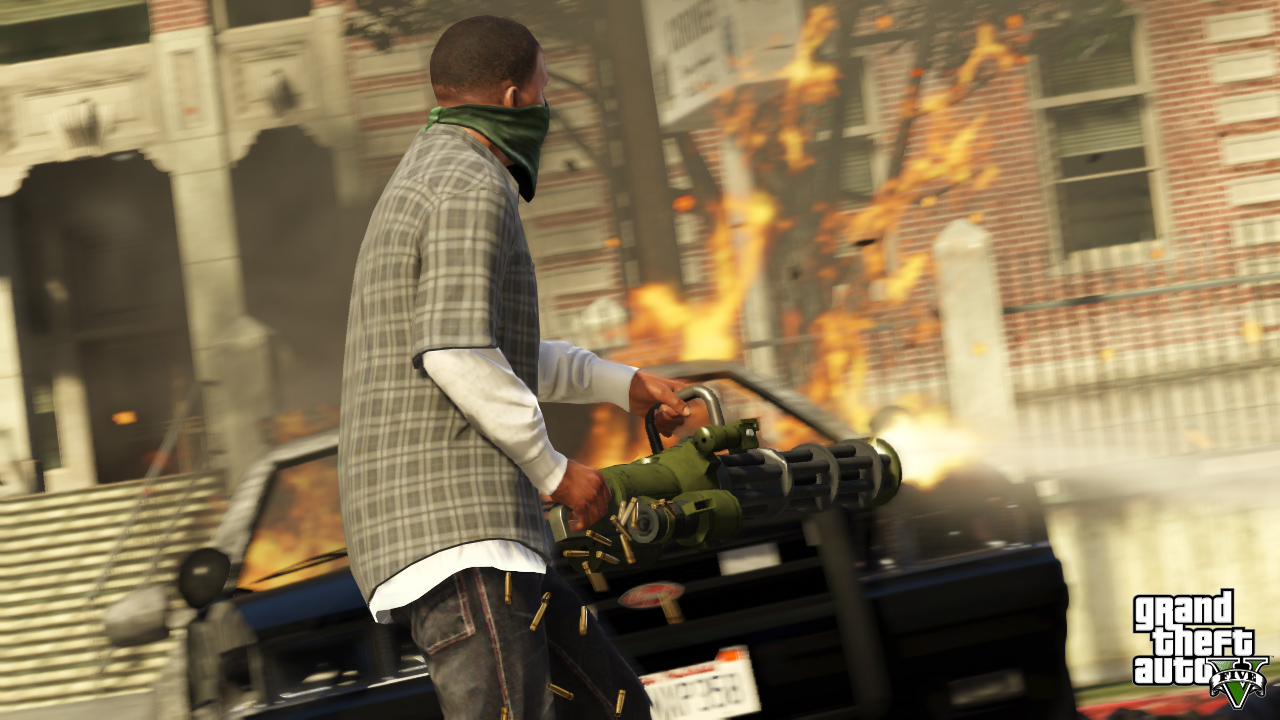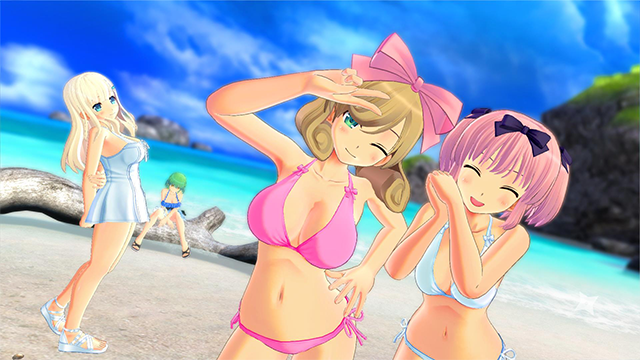Recently, Sony instituted a new policy that began restricting the amount of risqué content that developers can have in their games. This change came as a shock to many studios, as PlayStation systems (primarily the handhelds) had long been the console platform of choice for games that leaned into erotic territory without becoming a full-blown adults-only title revolving around sex. But now that has changed and it shows how willing Sony is to bend to societal pressures around sex and not violence.
We’ve seen a number of erotically charged titles over the past decade from dozens of visual novels that center around romance to in-depth role-playing games like Dungeon Travelers 2: The Royal Library and The Monster Seal, and Criminal Girls 2: Party Favors had found their niche on PlayStation.
After catering to the audience for so long, fans have come to expect those sort of titles on Sony’s black boxes. So, fans are understandably more than miffed that games that are being released on Nintendo Switch and Xbox One completely uncensored are now being changed for PlayStation 4 due to the Sony censorship policy. It really has been a huge 180 from Sony, as they went from being the most vocally supportive of these niche games to being the most restrictive overnight.
The most recent example, and particularly the most egregious, was when Sony forced visual novel Nora to Oujo to Noraneko Heart to censor its HD remaster. The game, which is quite mild in its sexual themes, was originally released on PlayStation Vita without a problem, yet the developer had to introduce a “shine” effect to cover up any shots of bras and panties. As you can see below, this had the unintended effect of making the scenes look more obscene than they originally were (which is similar to the “bubbling” effect that Mormon youth have famously used to make regular images look like porn).
Who Does This Help?
https://twitter.com/uitachibana/status/1055308002520117253
What does Sony gain by forcing developers to cover up their own artwork in this way? It’s not as if the suggestive story scenes in Nora to Oujo to Noraneko Heart have changed any, and the scenarios still take place within the game. So, what do the shining streaks of light do other than upset fans that want to see the creator’s original intent?
There is a valid case to be made that some games can take it too far. While it’s a bit silly that Senran Kagura was able to have its “intimacy mode” (one that exists so players can not only dress up their characters but also virtually touch and grope them to their disapproval) in past iterations but can’t now, there is a valid discussion to be had if it crosses the line. However, Sony’s censorship is going past the questionable aspects and into the merely sexual, which is the problem.
In the short-term they’re causing companies a lot of financial stress. For example, Japanese developer Light completed development on Silverio Trinity, yet can’t release its game yet (despite having a timed exclusivity agreement with Sony) since it’s undergoing a “strict inspection.” Other studios are having to change games at the last minute and delay titles as well. It’s a complete mess, and all due to poor messaging from the platform holder. What’s OK on the platform a month ago shouldn’t suddenly become not okay. They need to establish a standard and stick to it.
Why Sony Censorship Is Reflective on Society as a Whole

It says a lot that Sony only seems to be going after sexually suggestive games with what is and isn’t allowed. While AAA titles like Grand Theft Auto V and Call of Duty feature endless amount of humans to murder, gratuitous violence seems to be totally fine in the eyes on Sony’s corporate decision makers despite the fact that tragedies resulting from gun violence happen on a daily basis. It’s an authentically American attitude from a Japanese point of view, as violence has long been fine on U.S. televisions while sexual content has to be edited out due to concerns.
It’s not just Sony that is having issues with sexuality in gaming. For a long time Nintendo was quite restrictive on what could and couldn’t be released on their platforms (although they’ve sensibly scaled back their rule in the past decade). Valve has also struggled with this problem on Steam, and has recently introduced an 18 and older section of their storefront that has allowed for some previously banned titles to be released on the system completely uncensored. There’s still a limit on each console (which is completely fair and their right as a platform provider), but neither is being quite as restrictive towards art like Sony is.
Society has, to an extent, always been sexually repressed, so it’s not surprising to see such timid behavior by platform holders. Certainly not every game explores these themes in the most meaningful of ways (a largely satirical game like Senran Kagura is not going into the depths of Ladykiller in a Bind), but we’re getting to a dangerous point where even mild sexuality (which does not automatically equate to being obscene or just material meant to titillate) is being forced to change while gratuitous violence gets a free pass. Something has to be changed here, as the current Sony censorship strategy is clearly not the answer.







